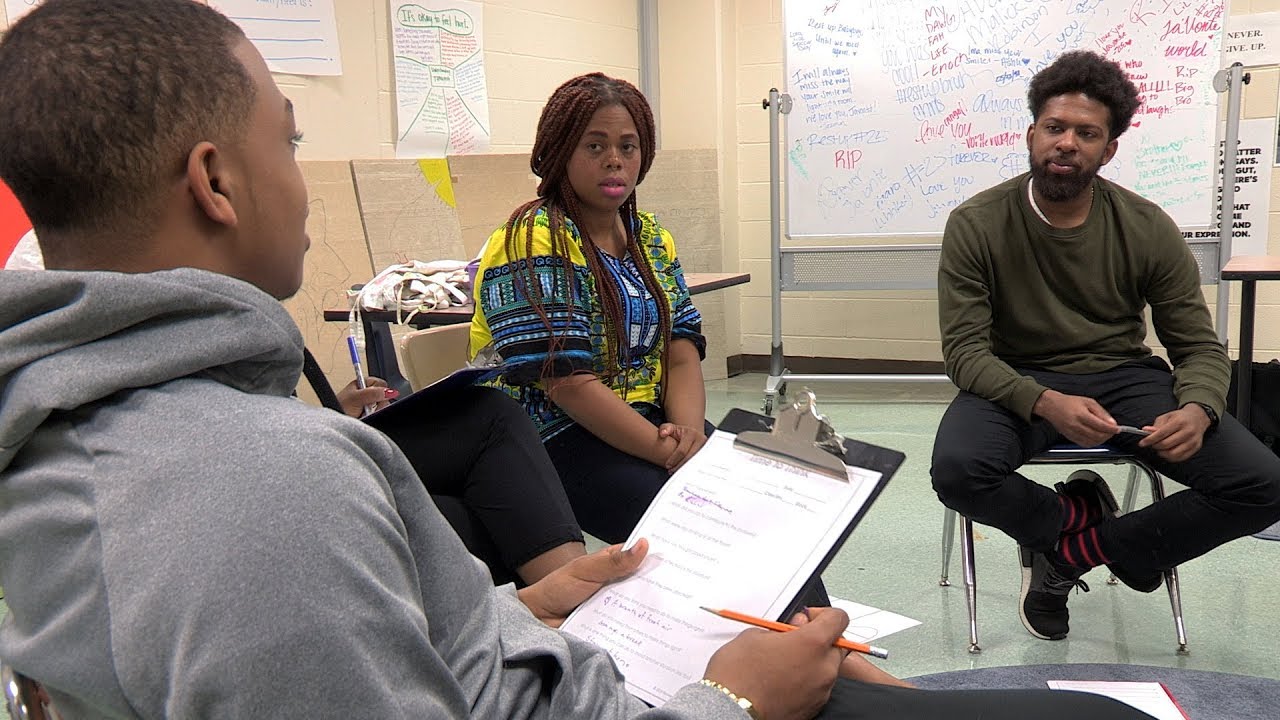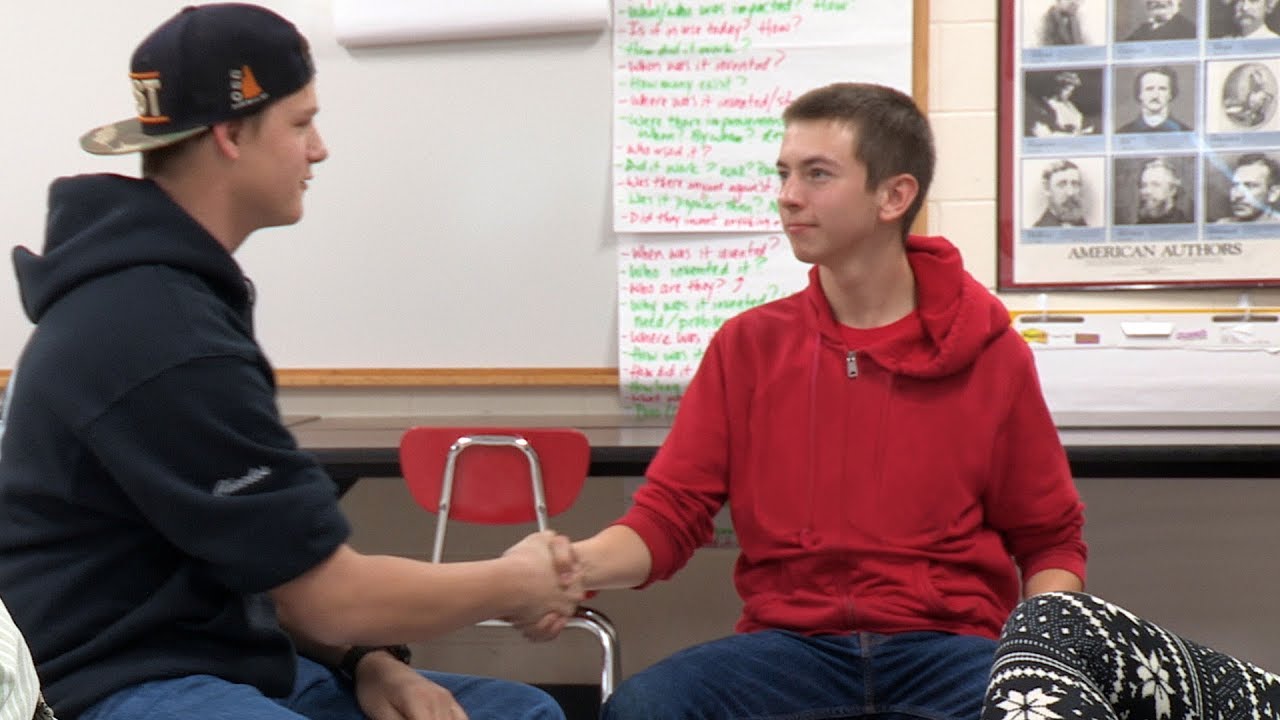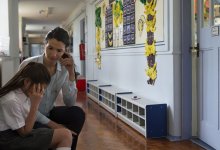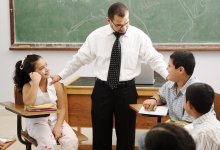Restorative Practices
Educators across the country are replacing punitive discipline with a restorative approach, resulting in fewer suspensions and expulsions. Learn how educators make these practices successful in their classrooms and schools.
A Relationship-Driven Strategy for Addressing Challenging Behavior
Putting relationships first can yield positive results in student success.4.1kUsing Talking Circles for Restorative Justice
Using talking circles in the elementary grades provides teachers with a way to discuss student behavior with care and concern.210An Administrator’s Strategy for Calming Disruptive Students so They Can Stay in Class
When an administrator is called in to deal with a disruptive student, the situation is serious. This is a model for helping the student calm down so they can remain in class.7.9k3 Alternatives to Assigning Detention
Developing relationships with students to help them make positive choices requires planning and patience, but the work pays off.5.5kUsing Restorative Justice to Transform School Culture
When restorative justice is implemented on a schoolwide level, it has the potential to transform relationships between teachers and students.3.4kWeekly Circles for Students and Faculty
See what happens when students and faculty participate in regular meetings to build trust and promote deeper learning.20.1kRestorative Justice: Resources for Schools
Explore resources and case studies that demonstrate how to bring restorative justice to your school or classroom.16.6kBuilding Community With Restorative Circles
A technique for proactively building the skills and relationships students will need when challenges arise.11.2kAn Alternative to In-School Suspension
In lieu of a more punitive approach, students use restorative practices to resolve conflicts and reflect on their behaviors.11.2k4 Steps to Discussing Challenging Behavior With a Student
Addressing students’ behavior can be tough, but it’s possible to approach them in ways that show compassion and help them feel ready to discuss the issue.2.3kJustice Committee: Using Restorative Practices to Resolve Conflicts
Students at Pittsfield Middle High School are trained to mediate conflicts between their fellow students—and between students and teachers.11kWhy Restorative Practices Benefit All Students
Punitive discipline can be harmful and unfair—restorative practices offer hopeful solutions.12.2kHow to Safely Manage a Student in Crisis
A trauma-sensitive, proactive plan for safely managing disruptive behavior includes knowing when to call for support and how to help a student de-escalate.1.7kA Proactive Approach to Discipline
Restorative discipline seeks to create an environment in which problem behavior is less likely to occur.6.6kSuspensions Don’t Teach
Restorative practices—an alternative to punitive justice—keep kids in school, where they can learn how their behavior affects others.7.4k













